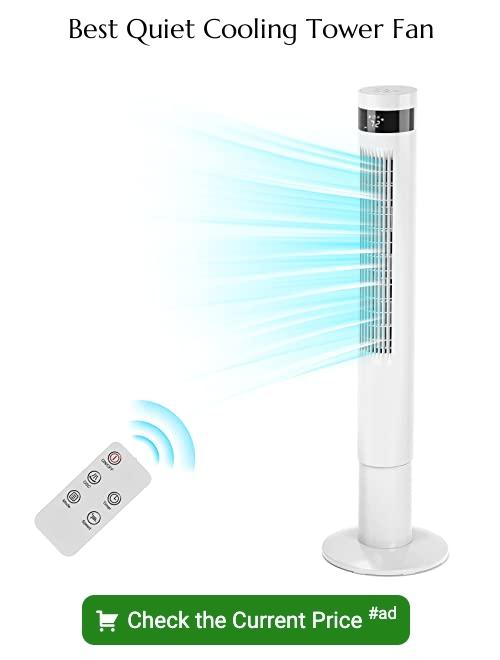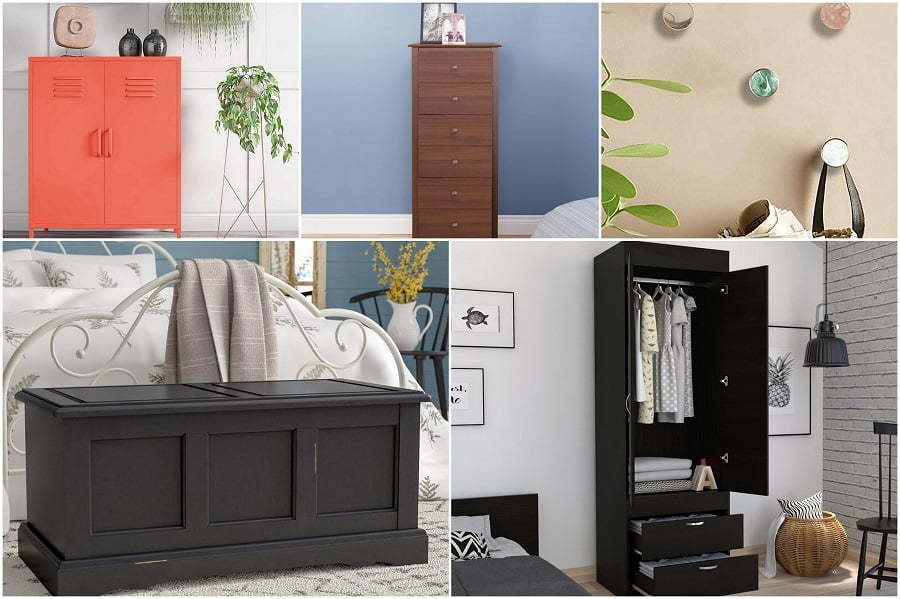Last updated on
Here are the alternatives to a ceiling fan you can use inside your house if you can’t or don’t want to install one. Read on!
There are many reasons to look for alternatives for a ceiling fan, but the most important thing is to find something that can circulate the air inside your home well enough.
If you don’t like ceiling fans for whatever reason (ex., your ceiling is too low), it’s good to know that there are many other things you can use. We’ll describe each alternative option and talk about its pros and cons.
Not all of these alternatives are cheaper, but our goal is to find options that you can actually use. Here they are.
Tower Fans
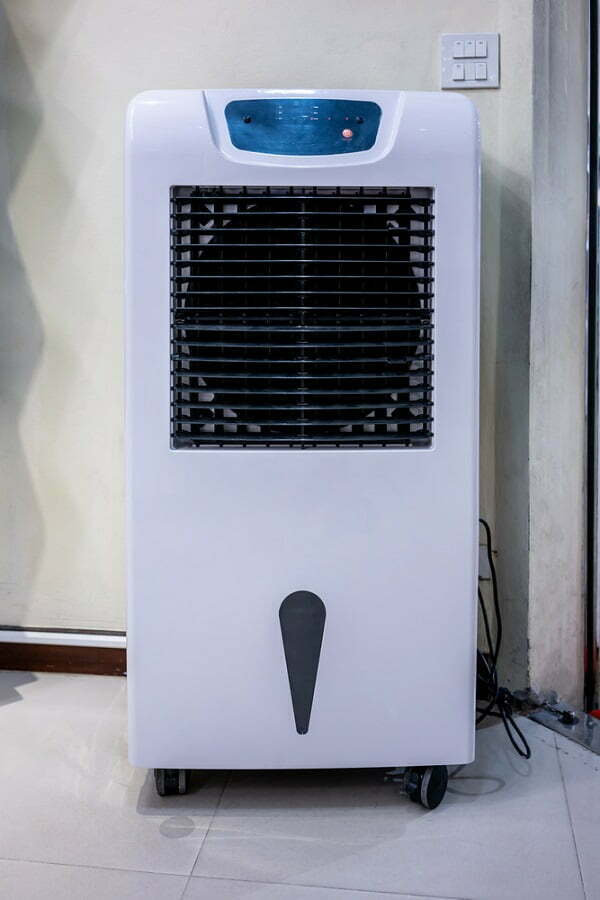
Tower fans can move more air better than other fans in minimal space. This combination of design makes a product that works very well and is very efficient.
Ceiling fans may be better for big rooms, but tower fans are better for keeping a steady flow of excellent air moving.
You can put a standing fan right next to where you sit or sleep because they are easy to move, and it will make you feel much more relaxed than a ceiling fan. Tower fans are usually the best choice if you live in a small space because they can fit at a distance.
If you buy a cheap or small fan, you could get two or even three tower fans for the price of one ceiling fan. And while the unit’s price is important, we should also consider how much it will cost to install each option.
Pedestal Fans
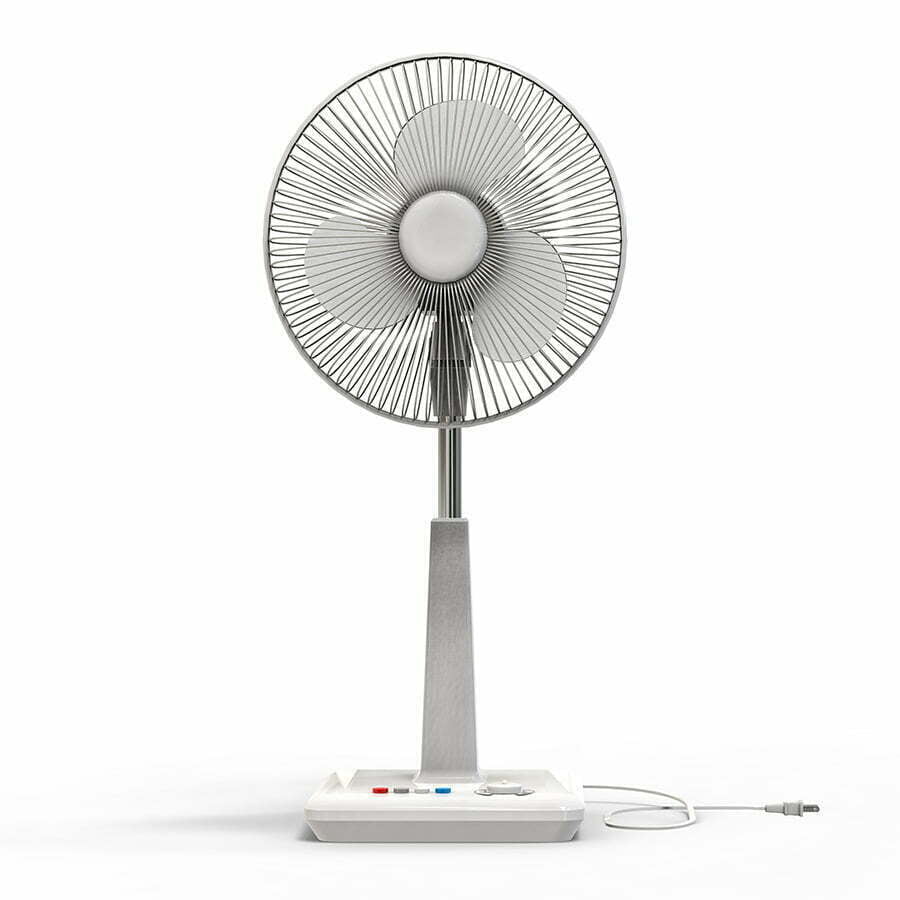
A good pedestal fan can be the best way to cool down a hot room or let some air into a garage. Even though air conditioning can cool a room, a good pedestal fan can be cheaper to beat the summer heat.
The difference between a ceiling fan and a pedestal fan is that pedestal fans are easier to install, more portable, and can be moved from room to room.
In contrast, ceiling fans offer more airflow, smarter features, and more comfort, but they are much more expensive and need to be installed. Prices vary, but ceiling fans are generally more expensive than pedestal fans.
Window Air Conditioner
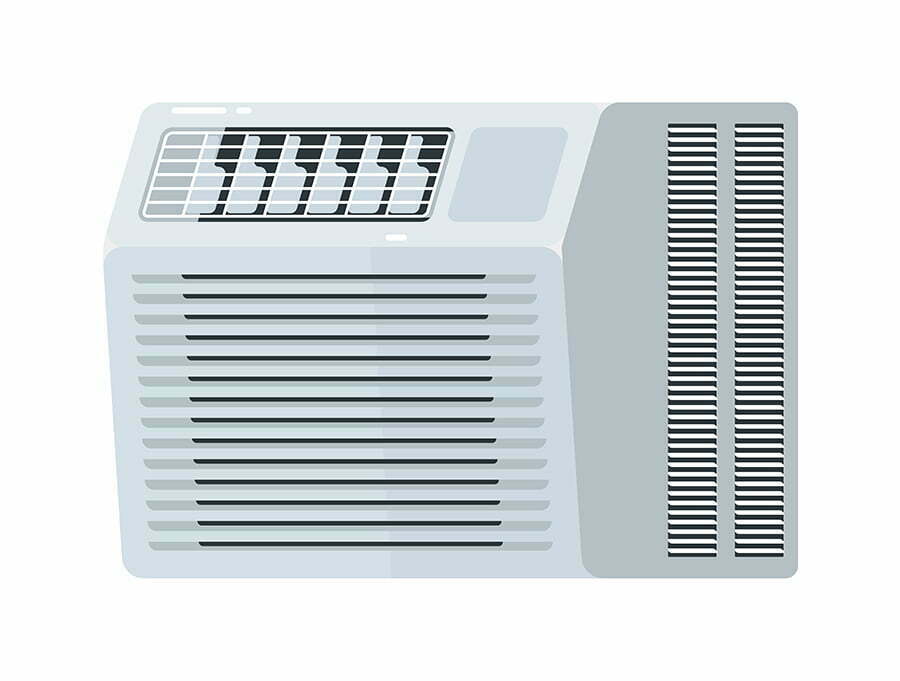
A room air conditioner is another name for a window air conditioner. It is the simplest way to cool a room and can be put on windows or walls to make a single unit that is put together in a case where all the parts are kept together.
Fans cost less to run than air conditioners, so you can save money using them instead of or in addition to air conditioners.
Run your ceiling fan simultaneously as the AC if you have one. It pushes cooler air down and over the people in the room.
Box Fans
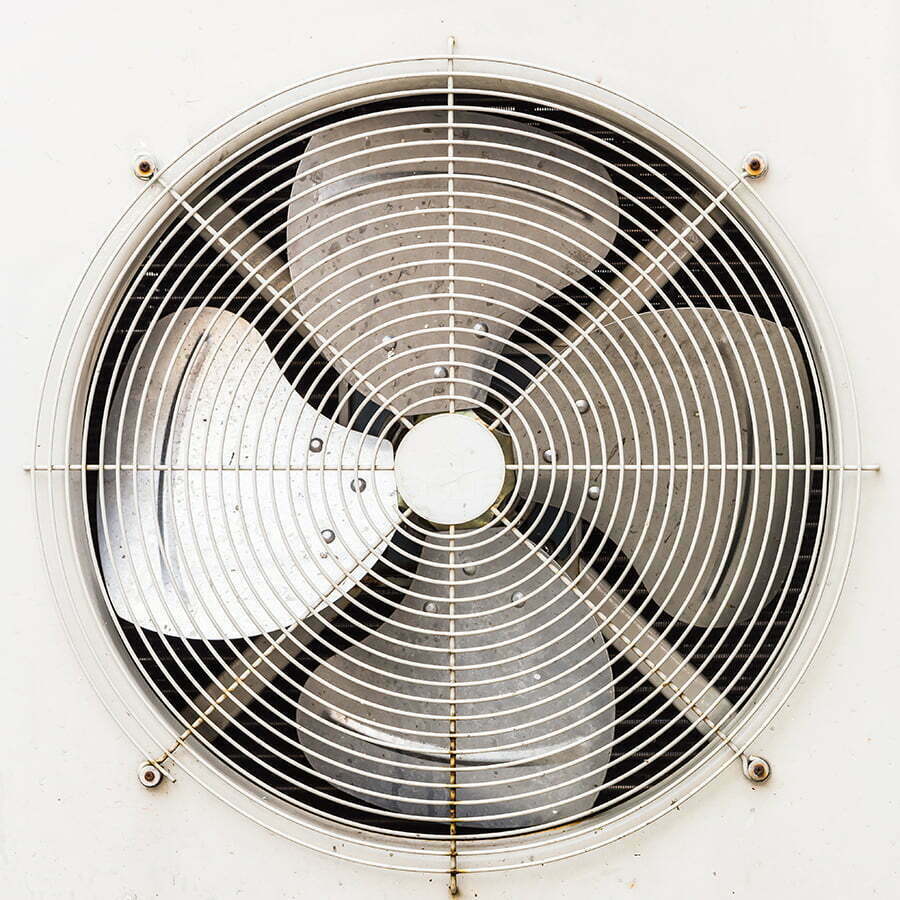
A box fan is a machine that moves air around to keep it cool or eliminate smells. It has square blades that turn inside a fair case. There are several open slots on both the front and back of the cover. It lets air enter the fan from one side and leave through the other.
Box fans can bring cool air to more than one room because they can move air so far. However, ceiling fans move the most air per watt and are the most efficient type of fan.
Bladeless Fan
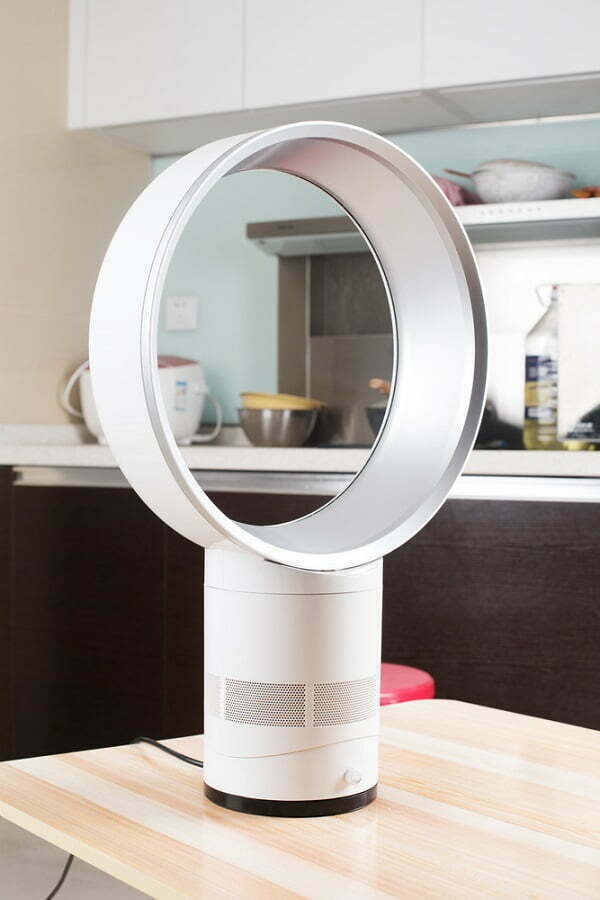
Bladeless fans are better because the blades are not visible and it makes them quieter and safer to use. Most of the time, they make a room feel more astonishing because they create a smooth flow of air.
If you are going to spend money on a device to cool a room, a fan without blades may be one of the best choices. It will cost more than a regular fan, but the extra money will be worth it in the long run because of how safe it is and how well it works.
A fan without blades has many advantages over fans with blades. Since it doesn’t have any blades on the outside, it is safer than a regular ceiling or table fan because you can’t cut yourself on it.
Desktop Fan
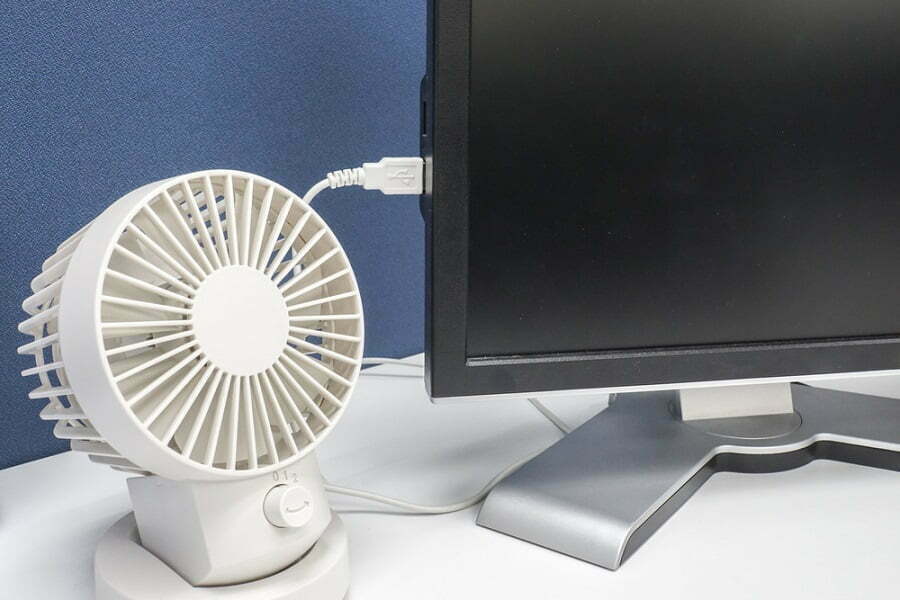
A desk fan is a great and cheap way to stay cool when the weather gets hot. In the summer, ceiling fans move air from the ceiling down into the room, making it feel more relaxed.
Table fans also move air, but instead of pushing the air down, they move it outward. Also, you can put table fans near windows to bring in more fresh air.
Attic Fans
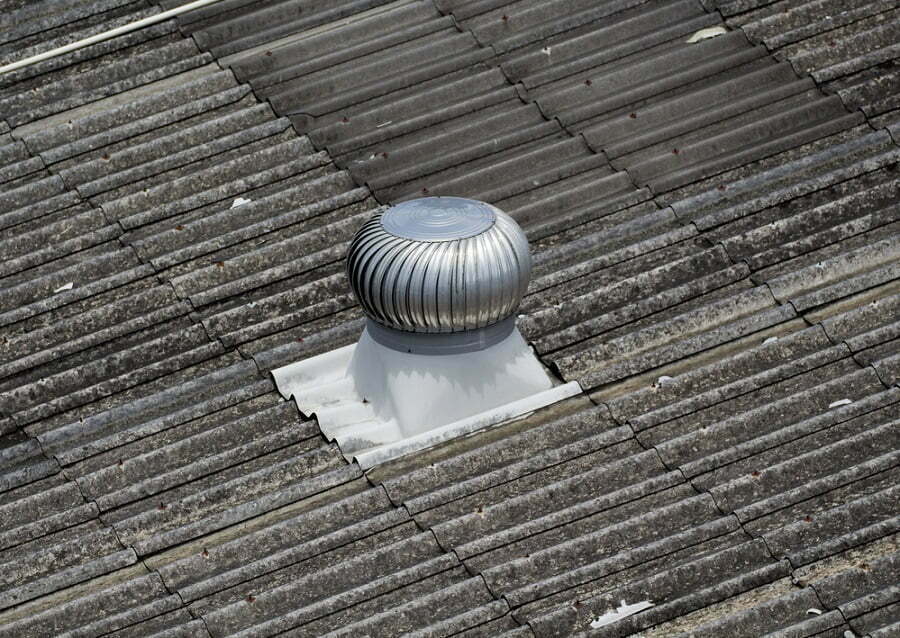
A fan in the attic moves the cool air into the house and lets the hot air out. When your attic is well insulated, fans can work even better. An attic fan’s job is to move warm air out of the house through the attic and into the cooler air outside.
Since the sun goes down in the evening, the best time to run an attic fan is when the temperature outside is below 70 F. In a nutshell, whole house fans are used to running after the sun goes down.
They use the cool night air to cool and ventilate your whole home. Attic fans are made to run on hot, sunny days to move air out of your attic that is too hot to breathe.
Central Air Conditioning
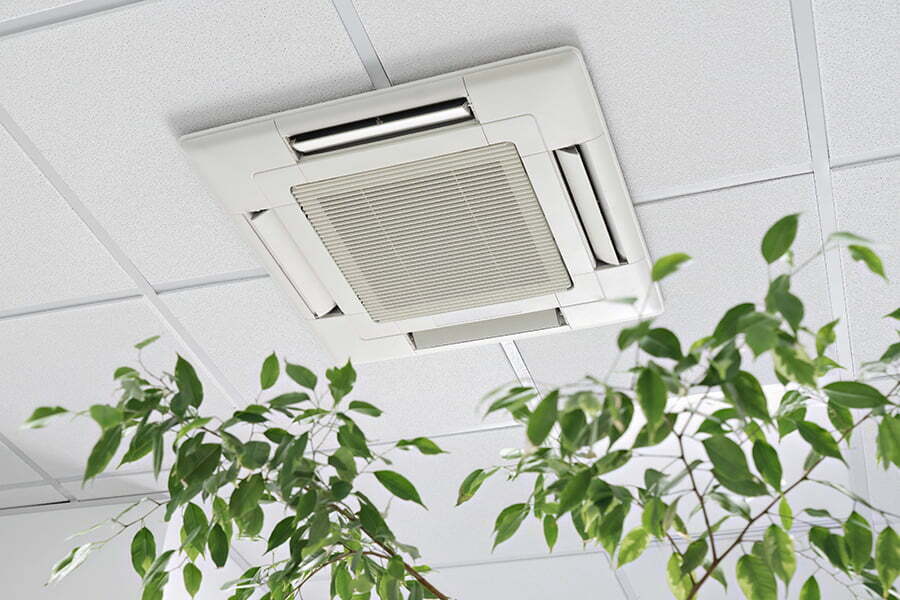
Central air conditioners use a system of ducts to move cool air around the house. Cool air from the air conditioner gets into the house through supply ducts and registers, holes in the walls, floors, or ceilings with grills over them.
As this cool air moves through the house, it warms up and flows back to the central air conditioner through return ducts.
Humidifier

With a humidifier, water is added to the air to keep it from being too dry, which can irritate your body. Humidifiers can be beneficial if your skin, nose, throat, or lips are dry.
They can also help with some of the flu symptoms or a cold. Because the air in a bypass humidifier goes through a long process, it loses some humidity. It makes the humidifier less effective.
On the other hand, fan-powered humidifiers directly add moisture to the air.
Portable Air Conditioner
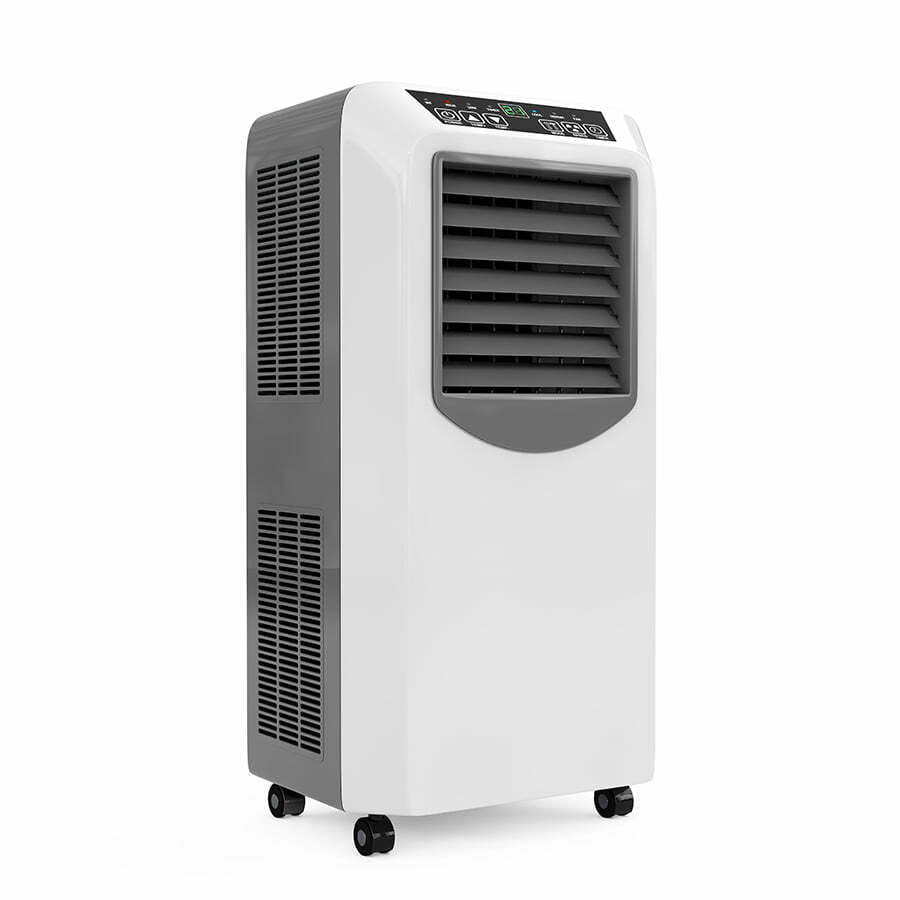
A portable air conditioner is a system that can be moved from room to room to cool just one space. Most of the time, they sit on the floor and come with an easy-to-use installation kit.
Most models also have wheels so that you can move them to different rooms. It makes them an excellent alternative to window units.
On the downside, an air conditioner needs more energy to move heat around than a fan to blow air on your skin.
Evaporative Coolers
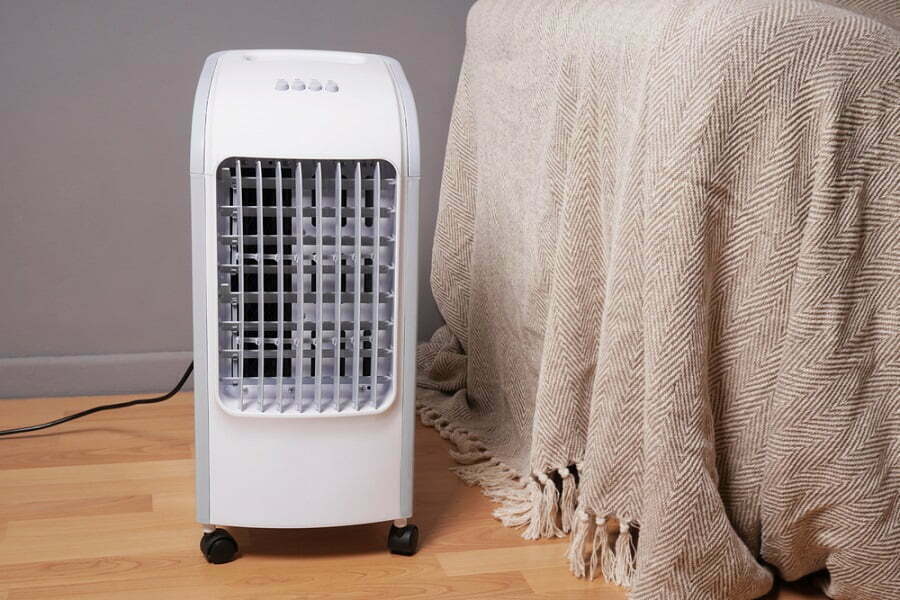
Evaporative coolers cost much less to install compared to central air conditioners, and they are more energy-efficient. But they need maintenance more often than refrigerated air conditioners and can only be used in places with low humidity.
The main difference between an evaporative cooler and a ceiling fan is that an air cooler does one more thing than a ceiling fan. An electric fan’s motor and fan blades push wind over a particular area. This wind keeps us from getting too hot and helps our sweat dry.
Wall-Mounted Fans
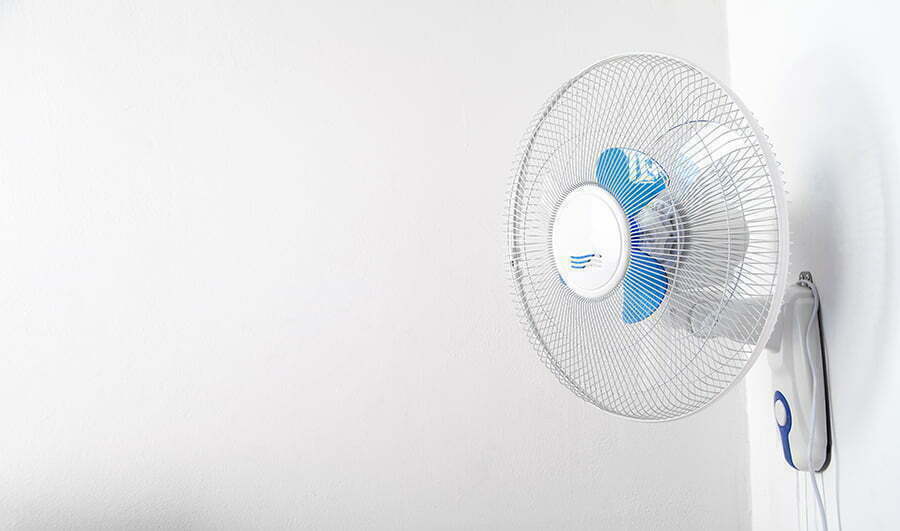
In contrast to ceiling fans, which push air down, wall fans move air around the room. They are great for moving cool air around a room because of this. They cost less to run and are less annoying than cranking up the AC.
Because they are mounted on the wall, they don’t take up any floor space. A ceiling fan moves the air around, while wall-mounted fans push the air around the room they are. By mounting a fan on the wall, you can save floor space, move air conditioning around, and add instant air movement from evaporation.
Whole House Fan
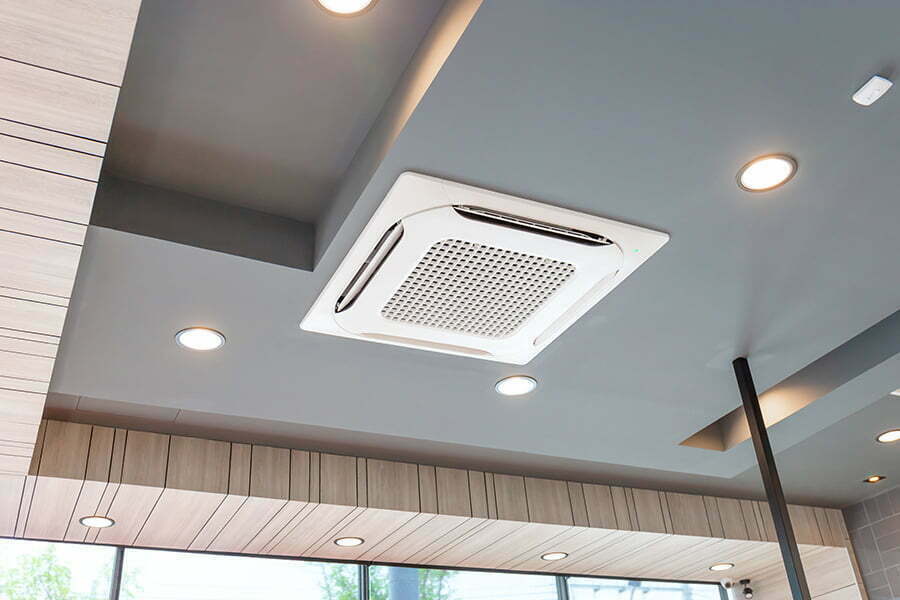
A whole house fan is a ventilation and cooling system that uses less energy than a traditional air conditioner. Whole house fans work much faster than air conditioners, and you can start to feel the effects of the cooling in just a few minutes.
The whole house fans only work when the air outside is cooler than the inside. Ceiling fans move air around a single room, while whole-house fans (WHFs) vent air from the inside of the house to the outside.
It gives all the rooms in the house both air circulation and ventilation.
Misting Fan
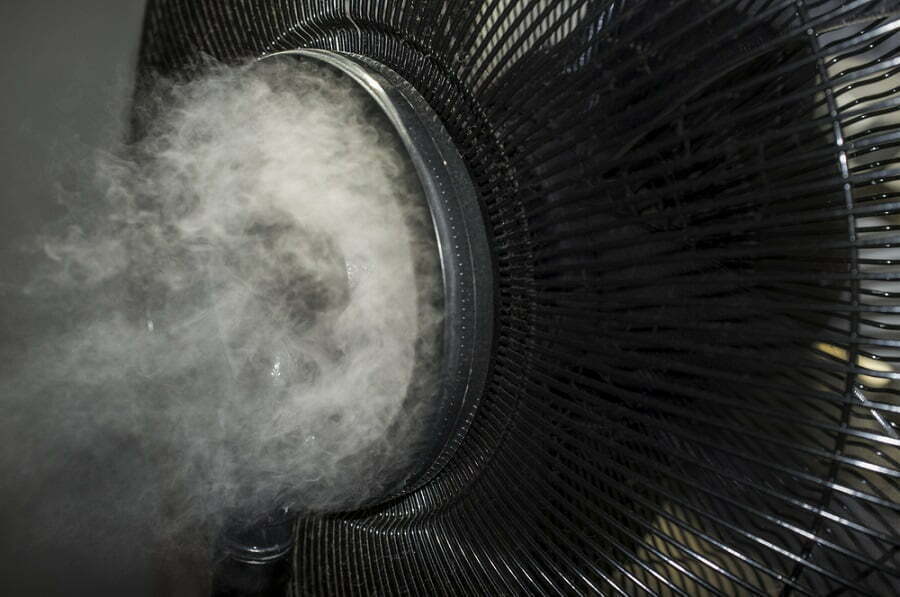
Misting fans can not only lower the temperature in large outdoor areas, but they can also make a big difference in temperature while using very little energy.
Because of this, misting fans is a cost-effective way to cool a room. In a misting fan, water is pumped through tiny holes on a nozzle and into the warm air being moved around by the fan.
As the droplets evaporate, they take the heat with them, making the air cooler. Misting fans can cool the air more effectively than regular electric fans.
Plants That Cool Down the Air

Some houseplants can keep your home cool because they lose water during transpiration. This process cools the air around the plants.
Some plants that can cool down the air at home include Chinese Evergreen, Palms, Mother-in-law’s tongue, and Rubber Plant, among others.
FAQ
The designers care more about how the room will look on camera than how it will work, which is what they should care about most.
Unlike a traditional fan, which only cools you when facing you directly, an air circulator can be used in any season. It keeps the air moving and makes the whole room more comfortable, among other things.
Place a fan facing the opposite wall across your living space. Point the fan lower to move cool air up and out of the room. More room to live? Try a tower fan if you need more power to move air and keep it moving.
Putting a bucket of ice before a fan works like an AC unit. As the air moves over the ice, it gets colder and moves around the room, making it nice and cool.
You need a ceiling fan to move the air around in a room. Air conditioners cool the air, but ceiling fans move it around, so they can both cool and warm a room.
Putting ceiling fans in rooms like the bedroom, living room, or family room will immediately increase the value of your home.
Recap
